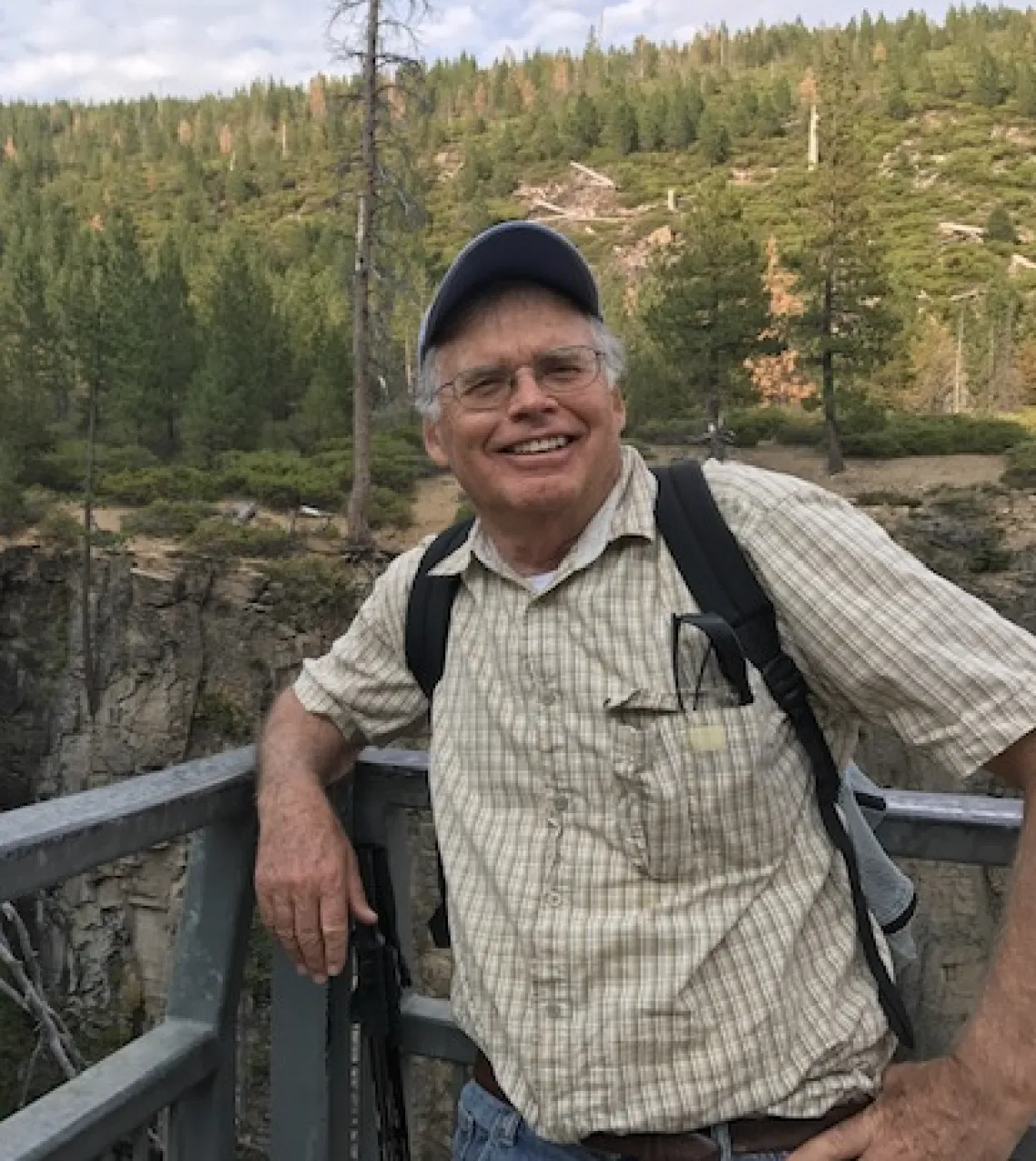Regional Climate Variability Effects on Humanity

This profile is a part of our consortium profile series, highlighting the people that make up the SW CASC—what inspires them, makes them passionate about their research, and gives them hope for the future. For this profile, Bryson Mineart (SW CASC communications student assistant and undergraduate student in the University of Arizona Computer Science program) interviewed SW CASC co- principal investigator, Dan Cayan, climate Scripps Institution of Oceanography at UC San Diego.
Dan Cayan’s career path has been guided by a deep interest in the environment. His attraction to natural phenomena led him to stray from traditional branches of engineering to Meteorology and Oceanography, which had become a department in the University of Michigan Engineering School. From this undergraduate program, Dan went on to the graduate program in physical oceanography at Scripps Institution of Oceanography at UC San Diego. At Scripps, a concentration on oceanic and atmospheric physics laid a foundation for his later career as a climate researcher.
The presence of internal variation and external drivers causes continuous activity of climate variation. Cayan noted how his early focus was aimed at understanding and predicting internal variability on monthly to seasonal time periods. These wide ranging and impactful anomalies remain one of his primary fascinations, especially as they relate to water resources and water hazards (wet and dry). As climate change signals and impacts burgeoned over the last three decades, his interests have broadened to longer time scales. Cayan’s present research has a strong emphasis on regional climate change over the West, with particular focus on California.
Climate research is fun as well as serious business. Dan likens his climate research to filling in pieces in a not even fully formed puzzle. Dan enjoys developing the framework of this puzzle and investigating these to construct a more complete understanding. His present research is primarily focused on delineating regional climate change and variability in the western United States, with more intentional research in California. Dan and his team are assessing climate change by developing and analyzing regional downscaling models applied to scores of global climate model simulations run under a set of different greenhouse gas and societal scenarios. On balance, the Southwest U.S.is an arid environment, and since water production is slim to begin with, it is greatly vulnerable to climate change. Additionally, the Southwest contains a remarkably wide range of topography and ecosystems that requires much finer scale climate projections. The downscaled methods and the assessment of the resultant fine scale projections produced by Dan’s group yields information to numerous stakeholders and makes the Southwest U.S. a valuable laboratory to gain insight into the regional manifestation of global climate change that we may see in the near and far future.
Cayan remarks that unpacking regional climate drivers and impacts is multi-faceted and often requires diverse teams and partnerships. Throughout his career, Dan has had the opportunity to work with a wide variety of scientists and decision makers. He relishes work with fellow scientists and expert practitioners to tackle diverse problems. A large portion of Dan’s research involves indirect engagement with resource management groups and is done behind the scenes—building climate models, performing experiments, and conducting the research that fuels decision-making processes. Resource managers need this information to make informed policy decisions, so it is important for the information to be accurate and to the point. Dan works with the National Park Service in California at Yosemite National Park and Devils Postpile National Monument. Dan uses these protected park locations to deploy sensors in order to understand climate processes and the high rate of change that is compressed into the tight elevational gradients that occur in these iconic Sierra Nevada settings.
Dan Cayan emphasizes the importance of the committed interdisciplinary science community who work mostly behind the scenes. This community provides understanding and information needed by society in grappling with climate variation and human-driven climate change. The climate crisis has created a sense of urgency that Cayan shares. Today’s decisions have serious, lasting consequences for humanity and nature. Because better decisions hinge on better understanding of historical climate change and more robust climate models, Dan’s group has sustained a presence that is now planting downscaled climate projection pillars for the Fifth in a series of California climate change assessments and other national, regional and local efforts. With more detailed and accessible description of possible regional response to global climate change, an informed public can act positively to advance adaptation options to inevitable changes that do occur and reduce greenhouse gas emissions.

